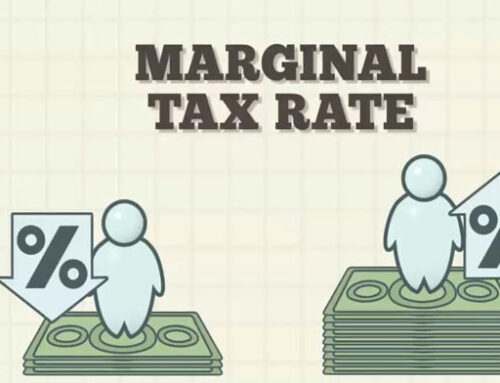Have you ever noticed that after deductions for taxes and fees, your paycheck is barely half of what you earned? And that too, only for the basic necessities of life. However, you may not know that the government supports low- and middle-income workers by offering solidarity tax credits. If you are unfamiliar with the solidarity tax credit, you are missing out on a fantastic government initiative for Canadians.
This blog will provide you with information on what the solidarity tax credit is, the eligibility criteria for the credit, how to claim it, and ways to pay for it.
Are you aware of the solidarity tax credit?
It is a refundable tax credit aimed at assisting low and middle-income households. The credit amount you receive from July 2022 to June 2023 will depend on your status on December 31, 2021.
The government offers the solidarity tax credit to help low-income earners by providing them with a refundable amount based on a percentage of their income. This initiative aims to ease the financial burden on citizens struggling with low income.
Eligibility for the solidarity is based on a few simple criteria.
In order to claim the credit for the period of July 2022 to June 2023, you must meet the following requirements as of December 31, 2021:
- Be 18 years of age or older
- Live with your father, mother or guardian
- Be currently married
- Have been acknowledged as an independent minor by a competent authority
- Be a Canadian citizen, permanent resident, or protected person
- Have a spouse who is a Canadian citizen
- Have been a resident of Québec
- Be a tenant or owner of a principal residence in Québec

Three main components:
The housing component, the QST component, and the component for individuals living in northern villages. Even if you do not meet the eligibility criteria for these components, you can still claim the solidarity tax credit.
Also Read: Considerations for Personal Bankruptcy in Canada
Making a credit claim
To claim the solidarity tax credit, you need to file your income tax return and meet all the eligibility criteria. You can claim the credit by including Schedule D with your income tax return to receive the full amount of each component of the credit. It’s important to note that if you’re entitled to the credit but don’t submit Schedule D, we will only pay the basic amount and the spousal amount (if applicable) of the QST component. To receive the solidarity tax credit, you must also be signed up for direct deposit. To see if you’re eligible, you can use the Solidarity Tax Credit Payments Estimator to calculate and estimate your payments.
Schedule D
Completing Schedule D is the only way to ensure that you receive the full amount of the solidarity credit for each component. Failing to file Schedule D may result in only receiving the basic amount of the QST component and the spousal amount, if applicable, even if you are eligible for the credit.
How to Calculate Your Solidarity Tax Credit
To calculate the solidarity tax credit for the period from July 2022 to June 2023, the amounts for each of the three credit components are added up based on your situation as of December 31, 2021. However, if your family income is high, the overall amount may be reduced. The maximum family income for different family situations are:
- Individual with spouse: basic amount is $59,409
- Single parent family: basic amount is $54,568
- Individual without a spouse: basic amount is $54,568
Payment of the credit
For the prepayment of credit, you need Yearly instalments if your credit is$ 800 or further Daily payment. If your credit is further than$ 240 but lower than$ 800, instalments are July- October and January- April. Lump sum plutocrat paid in July if credit is lower than$ 240.
Also Read: What is the gas tax rebate in Canada?
Direct deposit Enrollment
To admit chapter benefits, you’ll frequently need to request a direct deposit. To register if you haven’t formerly a cancelled check with your name and social security number via the direct deposit operation form (the check must be from an account at a fiscal institution located in Canada) or using the online “Register Direct Deposit” service (this service to use it, you must register in the “My account” section (form LM-3-V). You must report any changes to your fiscal information Tous. However, you’ll lose your right to duty relief for the payment period between July 2022 and June 2023, if you cannot do this.
Deadline for claiming the credit.
To get the full quantum of the solidarity reduction to which you’re entitled for a given period, you must use it no latterly than four times after the end of the duty time to calculate the deduction for the period in question. Since the duty credit for the period from July 2022 to June 2023 is grounded on the assessment time 2021, you must apply for it no latterly than December 31, 2025. still, you must attach the form at the time of the credit request, if you aren’t registered for direct disbenefit.

Conclusion
The Solidarity duty credit is a great occasion that the government gives to poor people. The government understands the pressure on lower middle- class inflows to pay taxes. However, you must claim it by the below deadlines, If you’re entitled to a participated duty credit. To conclude this blog, we’ve bandied what the Unit Tax Credit is, its benefits to citizens, what the eligibility criteria for this scheme are, and how to claim the credit.
Recent Posts
FAQ
What do you need for the payment?
For the prepayment of credit, you need Yearly instalments if your credit is $800 or further Daily payment.



